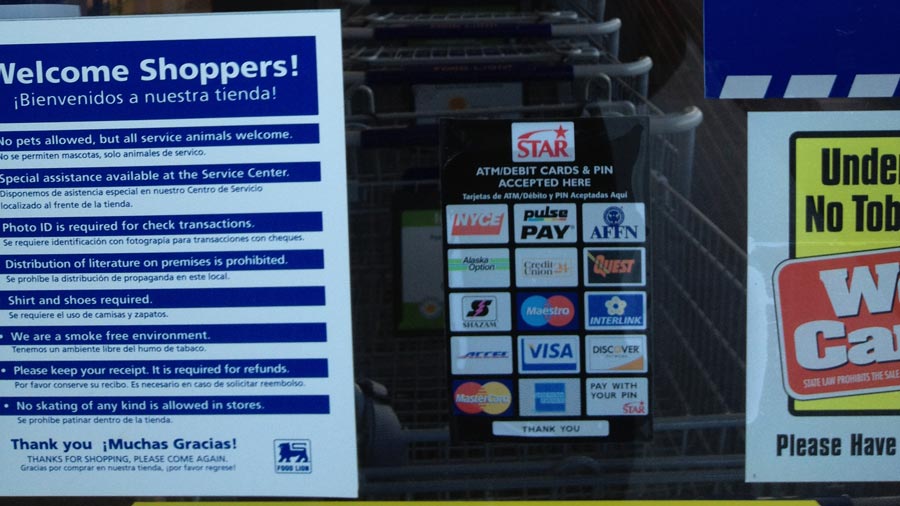How to Set up and Use E-Commerce Transaction Velocity Limits and Controls

E-commerce merchants are much more vulnerable to credit card fraud than their store-front counterparts and need to go to much greater lengths to protect themselves. We have discussed the various aspects of managing e-commerce risk and fraud in multiple articles before. In this post we will take a look at one specific measure that, if implemented consistently, will help reduce your risk exposure by establishing and maintaining transaction velocity limits and controls.
Web-based merchants should set up transaction velocity limits and controls as part of their fraud screening procedures to help reduce their risk exposure by identifying high-risk transactions and. Implementing velocity limits and controls will help determine when a cardholder or a transaction should be more thoroughly investigated. If the investigation then reveals a higher number of high-risk attributes than the merchant’s fraud prevention procedures allow, the transaction should be suspended.
Identifying high-risk transactions and focusing your fraud prevention efforts where they are needed the most, improves the efficiency of your risk management procedures and ensures that no resources are spent on evaluating transactions that are not likely to be fraudulent. When setting up your organization’s transaction velocity limits and controls policies and procedures, consider following these best practices:
- Implementing transaction velocity limits and controls. During the initial process of setting up and implementing your organization’s transaction velocity limits and controls, you should adopt the following procedures:
- Establish your organization’s review limits on the number and dollar amount of transactions approved for a customer within a specified period of time. As you accumulate transaction data over time, you should adjust these limits to reflect the customer’s purchasing patterns.
- Set up transaction review limits based on single transaction amount.
- Ensure that velocity limits are checked for multiple characteristics, including shipping address, telephone number and email address.
- Track and adjust velocity limits as you accumulate information on your customers’ purchasing patterns. The limit should be stricter for new customers and looser for customers with solid purchasing and payment track record.
- Contact customers that exceed your preset limits to determine whether the activity is legitimate and should be approved. When communicating with your customers, make sure that you explain to them that you are taking these extra transaction verification steps as an additional fraud prevention measure. Customers may be annoyed by the questions you are asking, if they don’t know why you are doing it and a short explanation will go a long way towards maintaining a good relationship.
- Adjusting transaction velocity limits and controls based on transaction risk. It is important to understand that setting up transaction velocity limits and controls is not a one-time event, but a continuous process. Use your risk experience with specific products, shipping locations and customer purchasing patterns and modify your transaction controls and velocity limits to reflect it.
If adequately set up and consistently implemented, transaction controls will help prevent fraud, minimize customer disputes and reduce the number of chargebacks.
Image credit: Romanialibera.ro.


